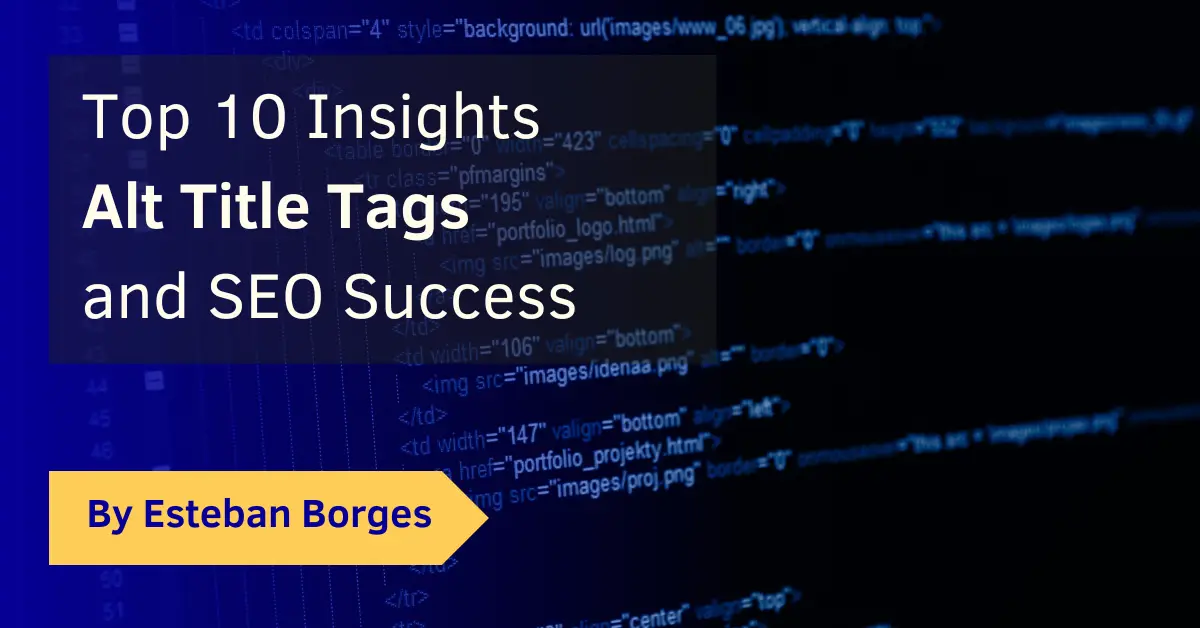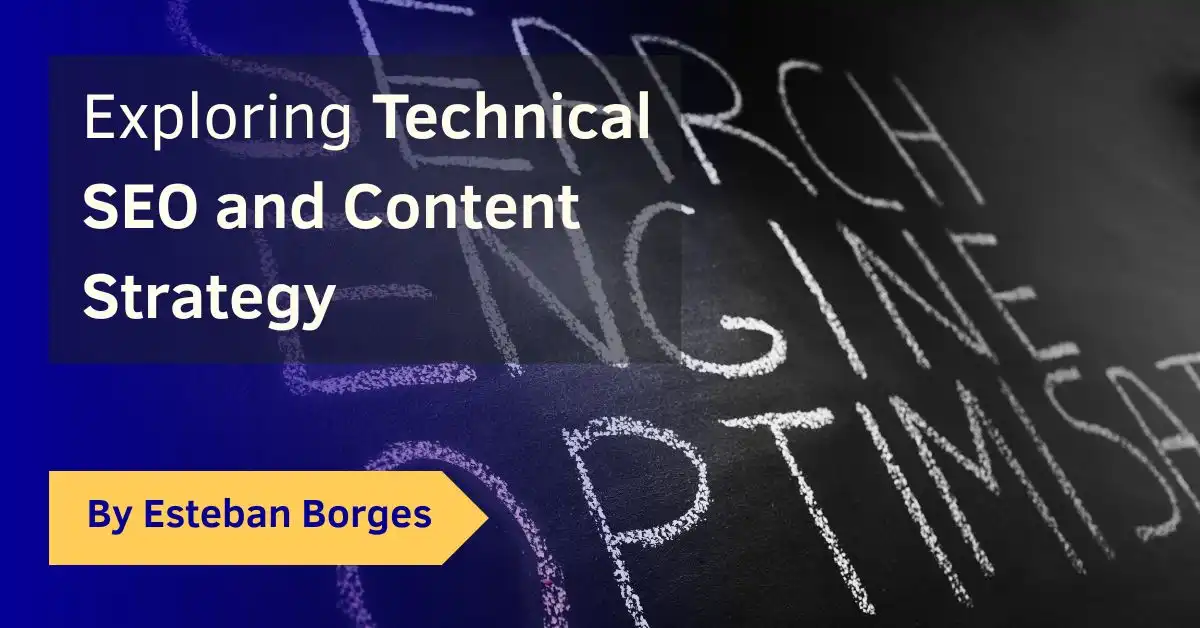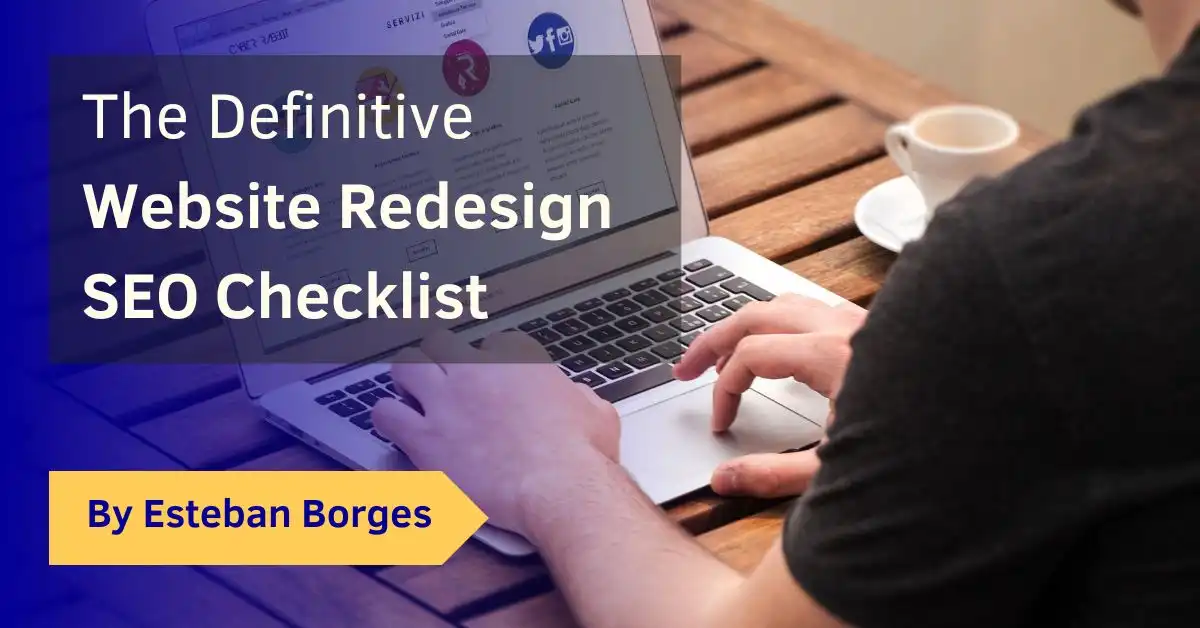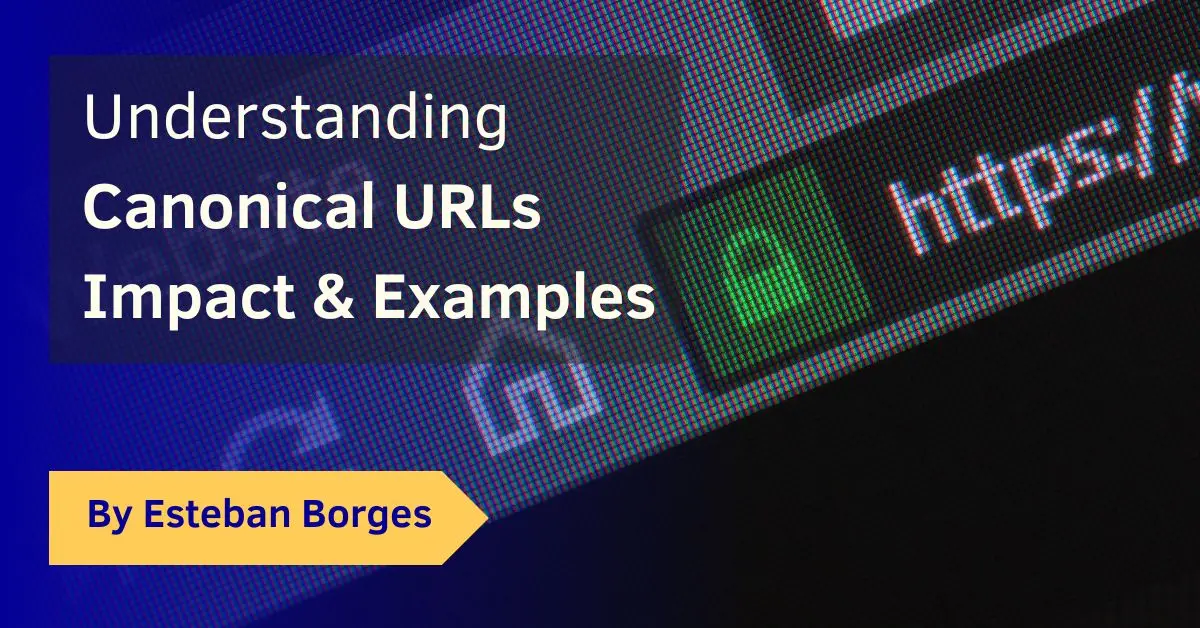Utilizing Alt Title Tags for SEO: Strategies, Tools, and Best Practices
The digital world thrives on the unseen. Beneath the images and graphics, a hidden variable known as “alt title” operates, weaving accessibility and SEO benefits together. Have you ever wondered how alt title affects SEO? It’s more crucial than you might think. By aligning with web accessibility, alt title plays a role in technical SEO, making content available to all users, including those using screen readers.
What are Alt Title Tags?
Alt title, short for “alternative text,” is an attribute used within HTML to describe images. If an image fails to load or is accessed by screen readers, the alt text provides a description, ensuring that no information or functionality is lost. Proper usage of alt title is a cornerstone of a good Content Strategy.
Importance in Web Accessibility
For visually impaired users, alt title serves as a verbal equivalent of visual content, making the internet more inclusive. According to the Web Content Accessibility Guidelines (WCAG), alt title is essential for accessibility compliance.
How it Impacts SEO
Search engines, unable to “see” images, rely on alt title to understand the content of a picture. Alt title boosts SEO by providing search engines with valuable context. The integration of relevant keywords within the alt text, without overstuffing, can enhance search engine ranking. Google’s Image best practices guide provides more insights into this vital aspect.
Solving Common Problems
- Problem 1: Using vague or irrelevant alt text.
- Solution: Keep alt text specific and relevant to the image.
- Problem 2: Ignoring alt text for decorative images.
- Solution: Use empty alt attributes for decorative images; they should be ignored by screen readers.
- Problem 3: Keyword stuffing in alt text.
- Solution: Keep main keywords to 2% or less of the total text. Use tools like Moz’s On-Page SEO tool to monitor keyword density.
Alt titles are a vital element in a website redesign SEO checklist, ensuring that SEO efforts are not hampered during the redesign process, keep it in mind.
Implementing Alt Title Tags
Proper Formatting of Alt Title Tags
Utilizing alt title tags properly is paramount for SEO success. Here’s how to get it right:
- HTML Images: In HTML, an alt title tag is added within the image tag. For example:
<img src="image.jpg" alt="Description of Image">. - Content Management Systems (CMS): Platforms like WordPress provide fields for adding alt text, making it more user-friendly.
- Avoiding Redundancy: The description should be concise, as screen readers might also read the file name.
By adhering to proper formatting, you improve user experience and contribute to a more accessible web.
Best Practices and Common Mistakes
Implementing alt title tags effectively requires a blend of precision and creativity:
- Do’s:
- Describe the image accurately
- Be concise and to the point
- Use keywords naturally, without overstuffing
- Don’ts:
- Skip alt text for important images
- Repeat the same descriptions for different images
- Use generic phrases like “click here”
This Moz guide provides a detailed view of the best practices to follow.
How can Alt title tags be implemented on different platforms
Different platforms may have unique approaches to adding alt title tags. Here’s a general guide:
- HTML: Add the
altattribute directly in the image tag. - WordPress: Utilize the ‘Alternative Text’ field in the media library.
- Shopify: Use the ‘Edit Alt Text’ option in the product details.
- Wix: Click on the image and select ‘Image Settings’, then ‘SEO’ to add alt text.
Guides specific to each platform can be found online, such as this Shopify guide.
Benefits of Using Alt Title Tags
Improving User Experience
Utilizing alt title tags enhances the experience for all users, not just those relying on screen readers. By providing accurate descriptions, users can understand the content, even if images fail to load. This thoughtful design contributes to overall user satisfaction.
Enhancing Search Engine Rankings
Search engines reward websites that adhere to accessibility standards, including the proper use of alt title tags. These tags give search engines context about the images, contributing to the relevancy of the page for specific search terms. It’s a nuanced but significant part of SEO, as highlighted by Search Engine Journal.
Compliance with Web Standards
Web accessibility isn’t merely a best practice; in many jurisdictions, it’s a legal requirement. By implementing alt title tags correctly, websites align with standards like the Americans with Disabilities Act (ADA). The World Wide Web Consortium (W3C) sets these standards, and compliance fosters a more inclusive web environment.
Tools and Resources for Managing Alt Title Tags
Overview of Available Tools
Managing alt title tags effectively requires some assistance from specialized tools. These tools can analyze, suggest improvements, and even automate the process of adding alt titles:
- Yoast SEO Plugin: A popular WordPress plugin that assists with SEO, including alt text recommendations.
- Screaming Frog SEO Spider: This tool helps identify missing alt texts across your website.
- SEMrush Site Audit Tool: It offers insights into image optimization, including alt texts.
- WAVE Web Accessibility Tool: WAVE checks accessibility features, including proper use of alt title tags.
These tools make the task of implementing and managing alt title tags more straightforward and accurate.
How to Choose the Right Tool
Selecting the right tool depends on your specific needs and platform. Consider the following factors:
- Ease of Use: Look for user-friendly interfaces and ease of integration.
- Features: Ensure the tool aligns with your alt title management needs.
- Budget: Tools range from free to premium subscriptions, so consider your budget.
- Compatibility: Verify that the tool integrates with your content management system or coding environment.
Key Takeaways
- Understanding Alt Titles: They’re essential for both SEO and accessibility, providing context to images.
- Proper Implementation: Formatting alt title tags correctly, across different platforms, ensures optimal performance.
- Avoiding Common Mistakes: Steering clear redundancy and generic phrases enhances effectiveness.
- Enhancing Rankings: Properly managed alt title tags contribute positively to search engine rankings.
- Compliance with Legal Standards: They align websites with legal requirements, fostering inclusivity.
- Utilizing Tools and Resources: Tools like Yoast SEO and Screaming Frog can simplify alt title management.
- Continual Learning: Tutorials and guides are readily available to expand your understanding of alt title tags.
The integration of alt title tags within your digital strategy brings together accessibility, legal compliance, and SEO optimization. By applying best practices and leveraging available tools, you ensure that your content resonates with both users and search engines.



